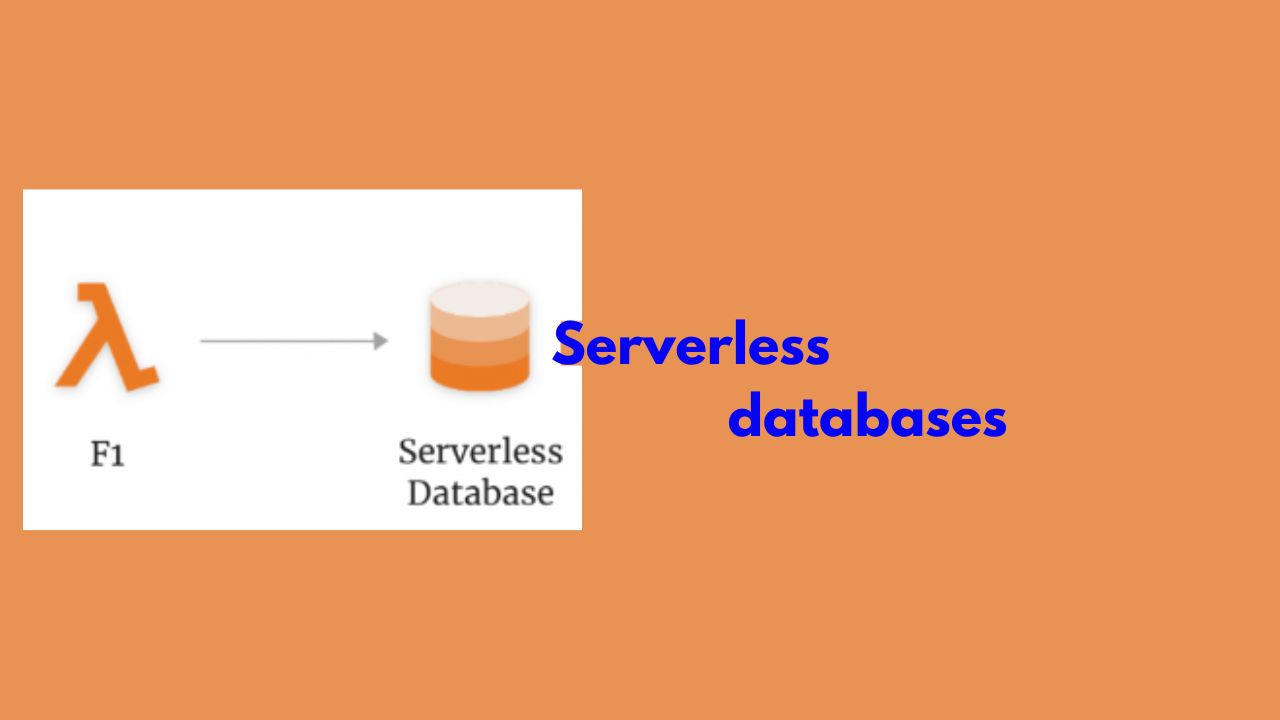
Serverless databases #
A serverless database is a type of database service that automatically manages infrastructure and scaling, allowing developers to focus solely on building applications without having to worry about server provisioning, capacity planning, or database maintenance.
Key Characteristics of Serverless Databases: #
-
Automatic Scaling:
- Serverless databases automatically scale up or down based on demand. They adjust resources such as CPU and memory dynamically, depending on the workload, ensuring optimal performance without manual intervention.
-
No Server Management:
- Users do not need to manage the underlying servers, storage, or database engines. The cloud provider takes care of infrastructure management, including backups, updates, and patches.
-
Pay-per-Use Pricing Model:
- You only pay for the actual resources used (such as the number of read and write operations, storage used, or compute time). This model is cost-effective because it eliminates the need to pay for idle or underutilized resources.
-
High Availability and Fault Tolerance:
- Serverless databases are designed to be highly available and fault-tolerant, often including features like automated replication and failover to ensure data durability and reliability.
-
Event-Driven and On-Demand:
- The database can start instantly and handle requests when triggered by events, making it well-suited for unpredictable or variable workloads, such as web applications or IoT devices.
Benefits of Serverless Databases: #
- Cost Efficiency: No need to provision or over-provision resources. Costs are aligned with actual usage.
- Reduced Operational Overhead: Less time spent on database management and maintenance.
- Elasticity: Easily handle variable workloads without manual intervention.
- Simplified Development: Developers can focus on building applications rather than managing infrastructure.
Examples of Serverless Databases: #
- Amazon Aurora Serverless: A serverless version of Amazon Aurora that automatically scales the database capacity based on application needs.
- Azure Cosmos DB: A globally distributed, multi-model database service that offers serverless options to handle variable workloads.
- Google Firestore: A serverless NoSQL document database that is part of Google Firebase and scales based on the application’s demands.
In summary, a serverless database is a managed database service that abstracts away server management and provides automatic scaling, billing based on usage, and ease of use for developers and operations teams.
Summary of Serverless Databases and Features #
| Feature | Amazon Aurora | Google Cloud SQL | Azure Database for PostgreSQL | Heroku Postgres | Crunchy Bridge | ElephantSQL | CockroachDB | TimescaleDB | Neon |
|---|---|---|---|---|---|---|---|---|---|
| Managed Service | Yes | Yes | Yes | Yes | Yes | Yes | Yes | Yes | Yes |
| PostgreSQL Compatibility | Yes | Yes | Yes | Yes | Yes | Yes | Yes | Yes | Yes |
| MySQL Compatibility | Yes | Yes | No | No | No | No | No | No | No |
| SQL Server Compatibility | No | Yes | No | No | No | No | No | No | No |
| Serverless Options | Yes | Yes | Yes | Yes | No | No | No | No | Yes |
| Automatic Scaling | Yes | Yes | Yes | Yes | Yes | Yes | Yes | Yes | Yes |
| High Availability | Yes | Yes | Yes | Yes | Yes | Yes | Yes | Yes | Yes |
| Automated Backups | Yes | Yes | Yes | Yes | Yes | Yes | Yes | Yes | Yes |
| Integrated with Cloud Services | Yes | Yes | Yes | Yes | No | Yes | Yes | Yes | Yes |
| Distributed SQL | No | No | No | No | No | No | Yes | No | No |
| Time-Series Data Handling | No | No | No | No | No | No | No | Yes | No |
This table should help you compare the key features of each database platform.
Can you tell me more about Neon Database? #
Neon Database supports data versioning. Data versioning in a database context involves keeping track of changes to the data over time, enabling you to view or revert to previous states of the data. This feature is useful for a variety of applications, including development, testing, and regulatory compliance.
Neon Database offers several features related to data versioning:
- Time Travel: This feature allows users to query the database as it existed at any point in time. You can run SQL queries to see the state of the data as it was at a specific timestamp.
- Point-in-Time Recovery (PITR): This enables you to restore the database to a specific moment in the past, which is particularly useful for recovering from accidental data loss or corruption.
- Branching: Similar to version control systems like Git, branching allows you to create a separate copy of your database at a specific point in time. You can make changes to the branch without affecting the main database, and merge changes back when ready.
These features make Neon Database a powerful tool for managing data versioning, providing flexibility and control over the data lifecycle.
Author
Dr Hari Thapliyaal
dasarpai.com
linkedin.com/in/harithapliyal


Comments: